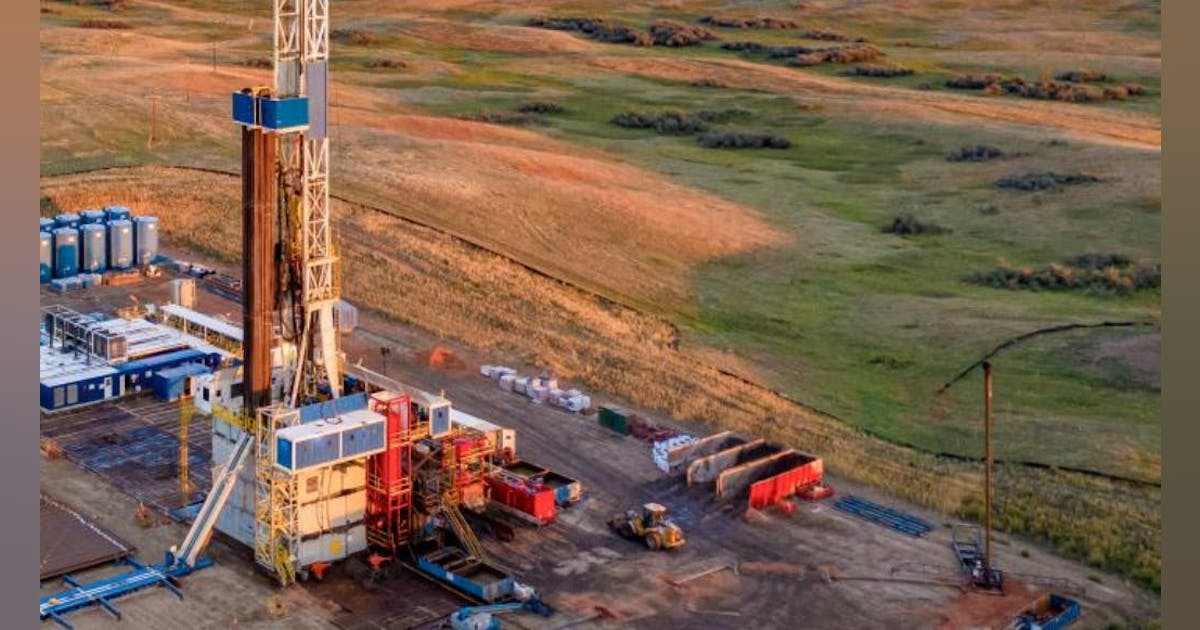
The U.S. Energy Information Administration’s (EIA) latest short term energy outlook (STEO), which was released last month, sees U.S. crude oil production, including lease condensate, rising to an average of 13.42 million barrels per day in 2025.
Lower 48 states, excluding the Gulf of America, are projected to contribute 11.17 million barrels per day to the 13.42 million barrel per day figure, the STEO showed.
The Permian region is expected to make up 6.54 million barrels per day of the 11.17 million barrel per day figure, while the Bakken region is expected to make up 1.19 million barrels per day, the Eagle Ford region is expected to make up 1.17 million barrels per day, the Appalachia region is expected to contribute 0.17 million barrels per day, the Haynesville region is expected to make up 0.03 million barrels per day, and the rest of the Lower 48 states are projected to contribute 2.07 million barrels per day, the STEO highlighted.
The EIA noted in its STEO that regional production is based on geographic regions and not geologic formations.
The Federal Gulf of America is projected to make up 1.81 million barrels per day of the 13.42 million barrel per day figure, and Alaska is expected to make up 0.43 million barrels per day, the EIA’s latest STEO showed.
The EIA forecast in its June STEO that U.S. crude oil output will average 13.52 million barrels per day in the second quarter of this year, 13.41 million barrels per day in the third quarter, and 13.43 million barrels per day in the fourth quarter.
This STEO highlighted that U.S. crude oil production averaged 13.29 million barrels per day in the first quarter of 2025 and 13.21 million barrels per day overall in 2024. Lower 48 states, excluding the Gulf of America, made up 11.02 million barrels per day of the 2024 total, the STEO pointed out. The Federal Gulf of America contributed 1.77 million barrels per day and Alaska made up 0.42 million barrels per day of last year’s total, the STEO highlighted.
A data page on the EIA website showing monthly U.S. field production of crude oil, which was last updated on June 30 and which includes data from January 1920 to April 2025, showed that monthly U.S. field production of crude oil has averaged 13 million barrels per day or more on 20 occasions.
Five of those were in 2023, 11 were in 2024, and four were in 2025, according to the data page, which showed that the highest monthly U.S. field production of crude oil figure was seen in April 2025, at 13.468 million barrels per day.
A data page on the EIA site showing annual U.S. field production of crude oil, which was also last updated on June 30 and which includes data from 1859 to 2024, showed that annual U.S. field production of crude oil averaged 13.208 million barrels per day in 2024. Prior to this, annual U.S. field production of crude oil had never averaged 13 million barrels per day or more, the data revealed. The closest it came to an annual average of 13 million barrels per day was in 2023, at 12.935 million barrels per day, the data showed.
In its STEO, the EIA describes itself as the statistical and analytical agency within the U.S. Department of Energy. The EIA states on its website that it collects, analyzes, and disseminates independent and impartial energy information to promote sound policymaking, efficient markets, and public understanding of energy and its interaction with the economy and the environment.
U.S. President Donald Trump gave a directive to rename the Gulf of Mexico the Gulf of America in an executive order issued on January 20, which was published on the White House website.
To contact the author, email [email protected]
What do you think? We’d love to hear from you, join the conversation on the
Rigzone Energy Network.
The Rigzone Energy Network is a new social experience created for you and all energy professionals to Speak Up about our industry, share knowledge, connect with peers and industry insiders and engage in a professional community that will empower your career in energy.
MORE FROM THIS AUTHOR



















